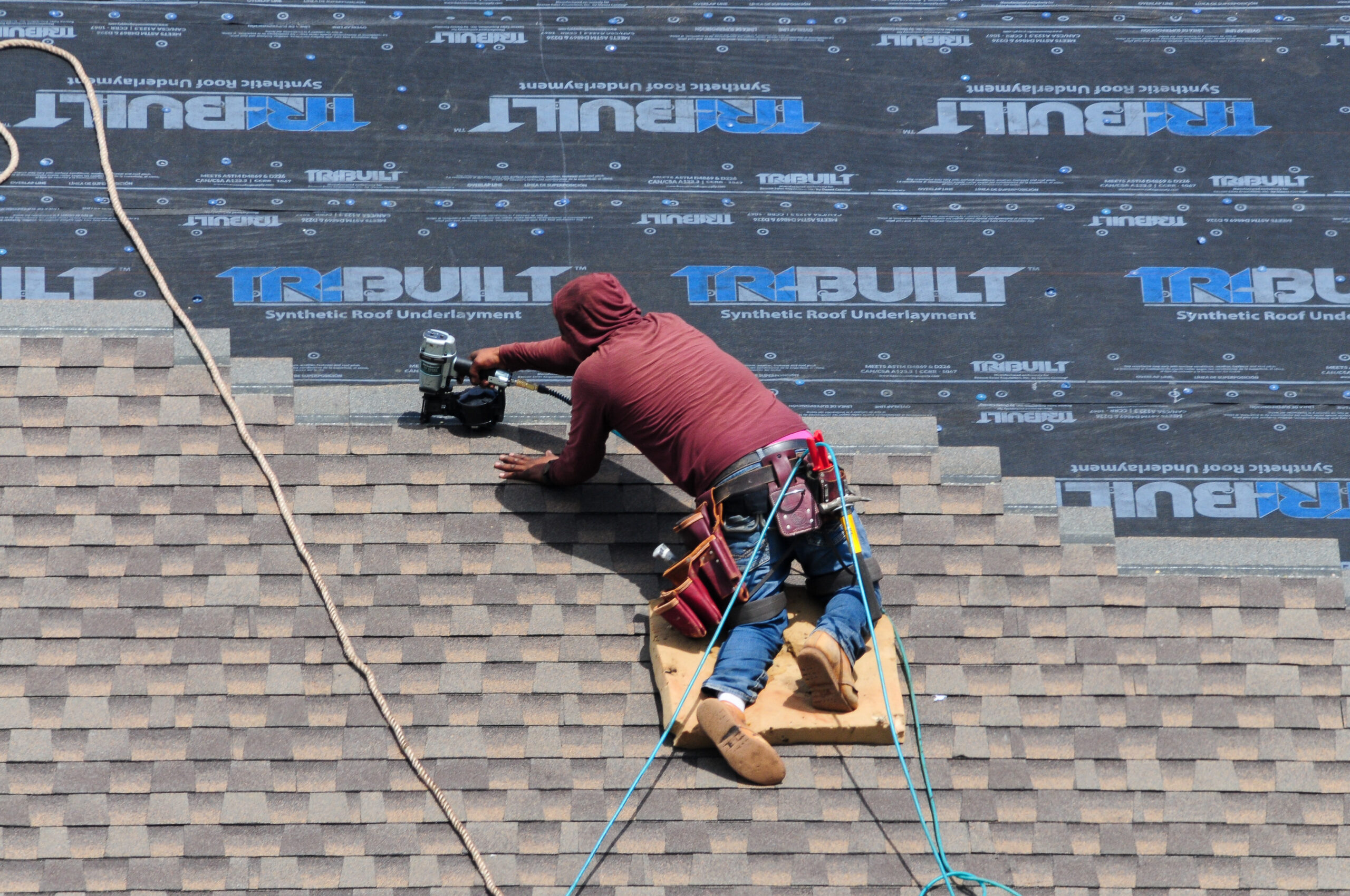
Roofers often find a variety of items and conditions on roofs during inspections and repairs. Here’s a list of the top 20 most common issues roofers encounter:
- Leaves and debris – Accumulations that can clog gutters and downspouts.
- Broken or missing shingles – Often caused by weather damage.
- Moss and algae growth – Can retain moisture and damage the roof over time.
- Animal nests – Birds, squirrels, and other small animals may nest on or under roof structures.
- Loose or damaged flashing – Flashing around chimneys, vents, and skylights can become damaged.
- Clogged gutters – Leaves, twigs, and even toys can block water flow.
- Pooled water – Typically found on flat roofs, indicating poor drainage.
- Tree branches – Overhanging limbs can scrape and damage roofing materials.
- Hail damage – Indentations or punctures in roofing materials from hailstones.
- Cracked or blistered rubber boots around vents – These are used to seal vent pipes and can deteriorate.
- Rust on metal parts – Metal components like flashing, valleys, or vents can rust.
- Improperly sealed valleys – Where two roof planes meet and if not properly sealed can allow water ingress.
- Granule loss on shingles – The protective granule coating on shingles can wear away over time.
- Chimney wear and tear – The mortar and bricks of chimneys may be damaged or eroding.
- Ice dams – Ice build-up along the eaves that can cause water to back up under shingles.
- Wind damage – Shingles may be lifted or torn by strong winds.
- UV damage – Prolonged exposure to sunlight can degrade roofing materials.
- Satellite dishes or antenna mounts – Sometimes improperly installed, leading to leaks.
- Roofing nails that have backed out – Nails may become loose over time.
- Deteriorated pipe collars – Often used to seal around plumbing vents, these can crack or shrink.
Finding any of these issues during an inspection typically leads to necessary repairs or maintenance to ensure the longevity and effectiveness of the roof.
